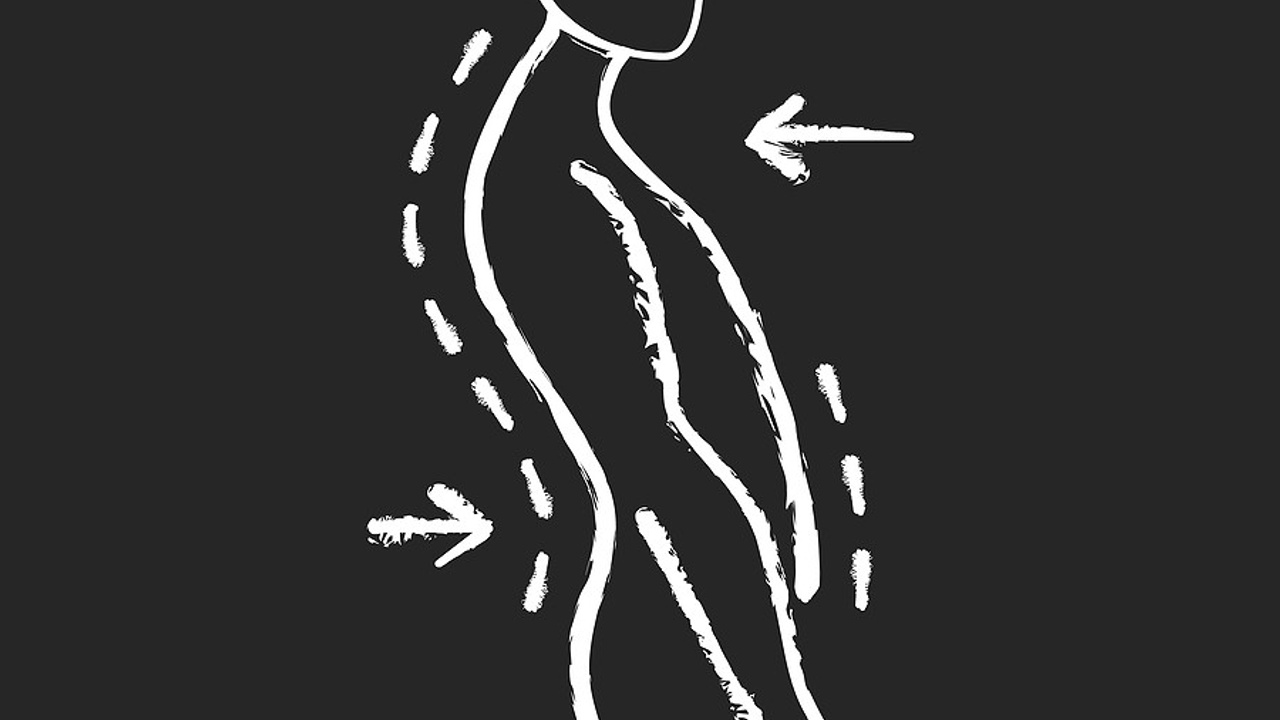How Did Your Body Get Askew?
Apr 04, 2017
Please enjoy an excerpt from my book, Winning the Injury Game, available on Amazon.
If you're like most active people, your self-assessment revealed unbalanced posture. Your joints were not all perfectly lined up, and the weight in your feet was not even. It's impossible to know how long your body has been in this position. Muscle imbalances that generate postural asymmetries, as you will learn in the next chapter, have several sources, including a sedentary lifestyle, repetitive sports, habitual daily living movement patterns, and previous injuries.1
You are a collection of your experiences, injuries, and habits. What you do throughout your day greatly impacts your muscular balance. Take a look at the positions you're in during the day, and you might begin to see how those habits are impacting your skeletal position. Are you standing on one foot more often? Do you spend hours hunched over a computer? Do you always cross your right leg over your left when sitting or vice versa? What is your sleeping position? How do you carry things—purses, backpacks, children? These are all factors to consider in determining how your muscles have become imbalanced.
It's also likely you had at least one injury—maybe more—earlier in your life that contributed to your current alignment. When you're hurt, you start moving differently to protect the injured part and to limit pain. Just think about how you might hop around if you sprained your ankle, broke your leg or had knee pain. Even as the pain is diminishing and you begin using your legs more evenly, there may be subtle imbalances in your motion. Unfortunately, these uneven movement patterns are often unknowingly maintained, even once the pain has gone. Add onto this another injury and more movement modifications, and your motion and your function further decline. With each episode of pain and injury, another layer of movement accommodation and postural imbalance is added.
Pain and trauma also contribute to muscle imbalances by affecting a muscle's ability to engage. Dr. Marc Heller, DC, who specializes in back pain, explains: “Any pain that lasts more than 48 hours begins to alter function. That means trigger points begin to develop, the pain spreads up and down the chain, and key stability muscles shut down.”2 When key stability muscles shut down, you are primed for overuse and compensation by the surrounding joints and muscles, which may need to take on greater stability roles, sacrificing mobility in the process. Recall from Chapter 5 that each joint is designed to be both mobile and stable. You don't want to give up either.
Despite your development of postural asymmetries, your body continues to respond to the demands you place on it. It does this for a long time, growing more and more imbalanced in the process. There comes a point, right now perhaps, when your body cannot continue to compensate its way around functional movement and forces you to stop. This downward progression needs to be reversed. It is the subject of the next chapter.
- Egoscue University®. EM 201 Posture Identification Course. San Diego, CA: Egoscue University®.
- Heller, M. (2012). Changing Inhibition Patterns: Breaking the Pain - Inhibition - Instability Cycle. Dynamic Chiropractic, 30 (13). Retrieved from http://www.dynamicchiropractic.com/mpacms/dc/article.php?id=55943
Stay connected with news and updates!
Join our mailing list to receive the latest news and updates from me.
Don't worry, your information will not be shared.
We hate SPAM. We will never sell your information, for any reason.

